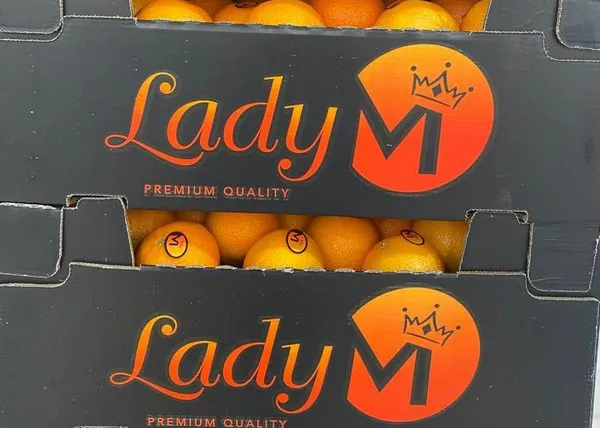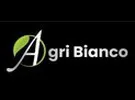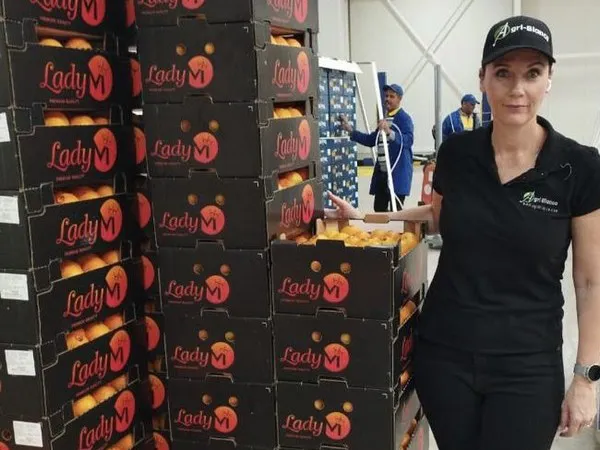“We have some reduction on our volume, so that therefore means that there is a nice open market. The fruits we do have are selling very well,” says Stephanie De Wit; owner of Agri Bianco – which sources fresh produce, including citrus, from Morocco and South-Africa and exports worldwide - on the current Moroccan citrus season. Stephanie observes that the very hot and dry summer resulted in a lower citrus volume and a late season due to the lack of colouring caused by the high temperatures.

With the current favourable market conditions, Stephanie expects a good overall citrus season. "I think overall it should be a very good season for us," she said. Part of that expectation is fuelled by the assumption that Spanish citrus production - which suffered similar climatic conditions to Morocco - is also declining and facing some quality problems.
“For Moroccan citrus that is good news. At the moment we have great quality and beautiful fruit. Because of the lower production the sizes are really good, the internal quality so far looks amazing and we have a really high brix fruit.” On that basis, she foresees a promising season that may not last as long as normal due to the lower volume. “It will depend from grower to grower. Certain areas are 20 percent down, others are 30 percent down, however we are not short, there is enough volume to be competing in the market with Spain.”

Increasing exports
The overall situation makes Stephanie expect that Moroccan citrus will be in demand this year. “A lot of the market is going to turn to Morocco this year.” She notes that demand from the UK has been increasing for several years now after Brexit, but the trade to Europe is also growing. “Due to the ever-increasing quality and consistent volumes there will be a big turn towards Moroccan citrus.”
This development is part of a continuing trend of increasing Moroccan exports, Stephanie notes. “The demand seems to be growing season on season. Other markets seem to be recognizing Morocco, we are becoming a good alternative to Spain in terms of quality and varieties.” She notes that this extends not only to citrus but also to tomatoes, berries and vegetables. She sees that the Moroccan growers are broadening their offer with new varieties and other products. “Morocco's produce is still developing and there are very interesting regions where the quality is even better than before.”
Complementary Trade
One of Agri Bianco’s biggest trade partners is Spain. “In a way Spain and Morocco complement each other, but we are good competitors if you want to compare us in terms of how we work and our proximity to the market. We can compete with Spain very easily on providing great quality and superior packaging. However we are not necessarily taking over their market, there is enough room for both of us.”
Also on the rise in Morocco is organic production, Stephanie observes. “It is something that more and more people are turning to. Quite a few orange growers are switching their production to organic produce. And also on vegetables Morocco has quite a nice organic range to offer.” The Agri Bianco assortment includes organic lemon varieties and the exclusive finger limes.
Although it was visible last year, Stephanie cannot say at the start of the Nadorcott season that tight budgets due to inflation in Europe are clouding sales. She thinks it is because of the favourable characteristics of the fruit. “I don't think inflation will affect Nadorcott sales. It is one of those products that consumers want to spend money on; tasty, sweet fruit that is easy to peel without quality problems, both internally and externally.”
Higher prices
Prices for Nadorcotts are higher than last year, Stephanie observes. “The clementines in Spain and Morocco finished early, leaving a gap that led to a nice open market.” She expects a welcome market for the whole season. “Some seasons there is a period when there is too much fruit in the market which causes the price to dip. I think this season the price will stay consistent and good.” If the effect of the inflation becomes visible in the citrus sales, Stephanie anticipates that it will be more in products like oranges, lemons or grapefruits, which are a bit more difficult to manage in terms of peeling and eating than Nadorcotts.
Stephanie sees that, contrary to expectations, the market for Nadorcotts has been good for many years. “The last 10 or 20 year there hasn’t been a better variety on the market. It is still the leader in the citrus market when it comes to easy peelers.” She mentions that the Nadorcott variety, although produced in, say, Australia or South Africa, is originally from Morocco. “In 1982, Nadorcott was discovered and Morocco didn’t even realise what an amazing variety they had.” For Stephanie the best tasting Nadorcotts are those grown under the ideal conditions of the originating country. “It comes from here and has been developed and created here. This is where the roots of this beautiful variety – in taste, flavour and colour - lie.”
For more information:
Agribianco
stephanie@agribianco.com
agribianco.com

